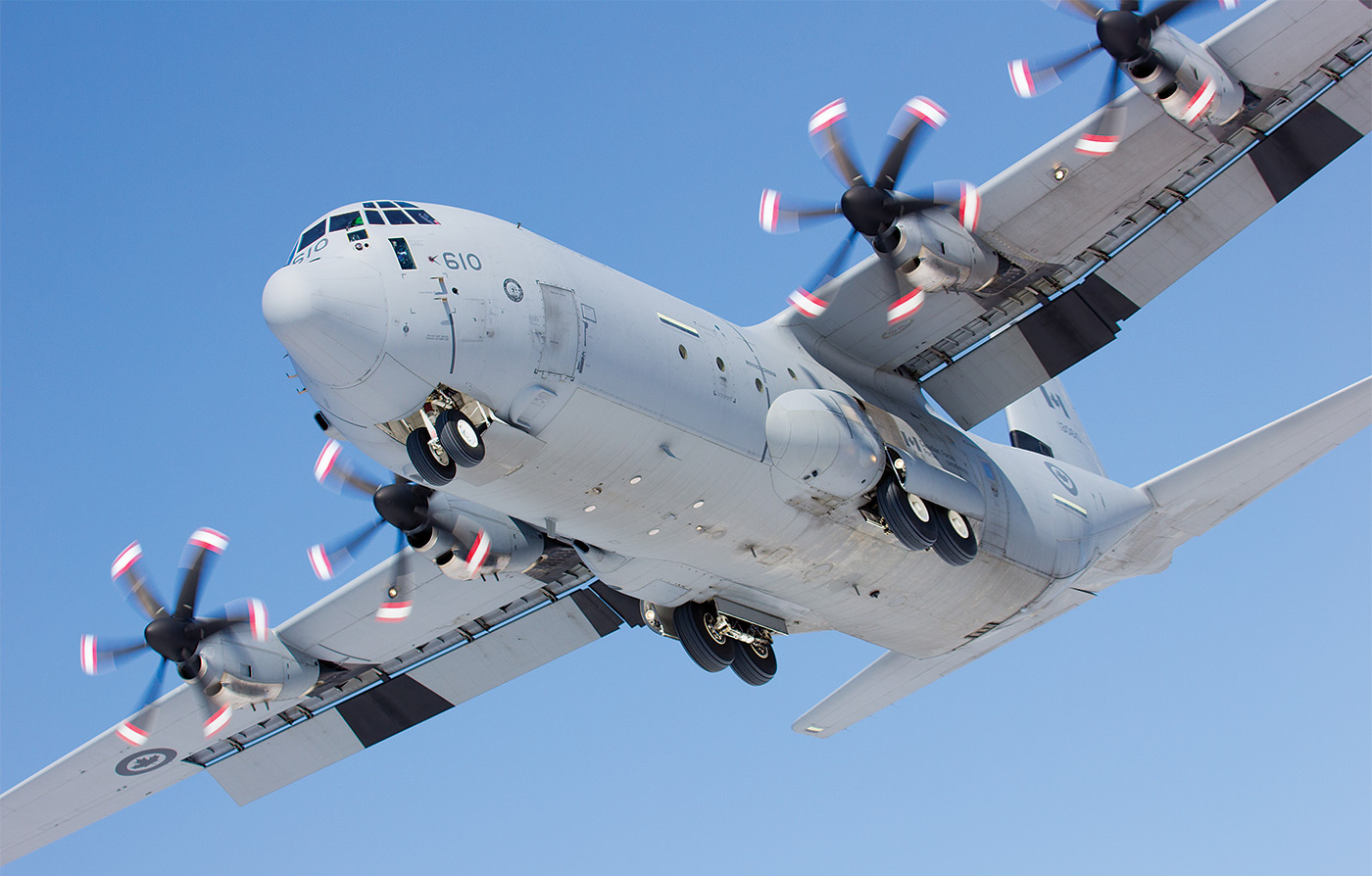Estimated reading time 15 minutes, 18 seconds.
On the opening day of CANSEC 2017, Canada’s largest defence and security tradeshow, standing before a collage of innovative technologies that had shaped the sector over the past century, Navdeep Bains, minister of Innovation, Science and Economic Development, applauded Lockheed Martin for completing its $1.4 billion industrial and technological benefit (ITB) commitments for the CC-130J Hercules.
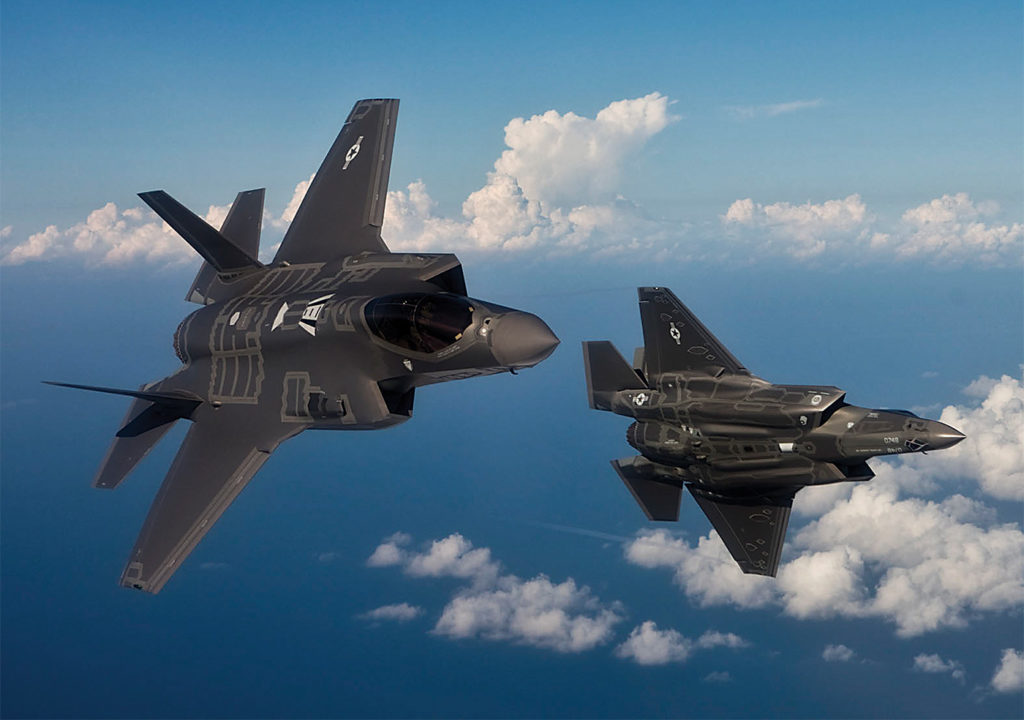
“To remain competitive, Canada must be committed to innovation,” said Bains as he described Lockheed’s final investments in four small companies developing novel applications in artificial intelligence (AI), sensing equipment, multi-functional materials for solar panels and wireless power transfer. “That means continuously finding new ways of doing things better.”
Unexpected as the public acknowledgement was, the words rang true for Charles Bouchard. Looking for better ways of doing business is almost a mantra for the chief executive of Lockheed Martin Canada. But perhaps not in places you might expect.
“Innovation–that is the future of this company,” he told Skies in a recent interview.
Lockheed Martin is best known as a defence company, the largest weapons contractor in the United States, with military-related revenues of around US$50 billion. And Bouchard makes no bones about that. But when he describes Lockheed’s future areas of innovation, it’s in space and deep-sea exploration; in energy management and conservation, perhaps in Canada’s northern communities; in quantum computing, cybersecurity, AI, robotics and other ground-breaking technologies like automation, directed energy and synthetic biology.
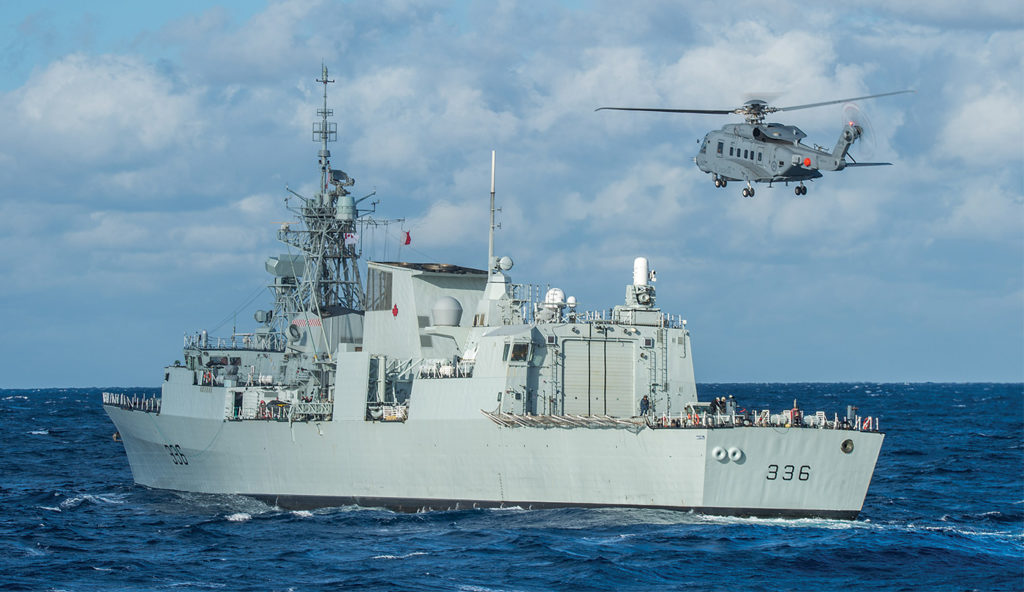
“This is what excites me about this company. This is what the future looks like and we in Lockheed Martin get to see it,” said the retired Royal Canadian Air Force (RCAF) lieutenant-general, who, over the course of a 37-year career, held senior positions in NORAD and NATO. “For us it’s always, what’s the next bound?”
That corporate thinking has shaped Lockheed’s approach to the companies in which it chooses to invest. ITBs, making investments in Canadian companies and academic research equal to the value of a major defence contract, might be an obligation, a crucial box to be checked in any proposal–and the more regional representation, the better. But, they also present an opportunity to explore the cutting edge of technology, capture new ideas and capabilities, and secure long-term partnerships. All of which can be game-changing.
“A successful ITB is when we have met our commitment, and, even better, when we can do that on time or ahead of time like we did with CC-130J,” explained Bouchard. “But it’s also when we leave [a company] bigger and better than when we came in. If you look at our investments in quantum computing–D-Wave Systems and QRA–we not only met our commitments, we left them stronger. This is not a transactional deal, it’s a transformational deal.”
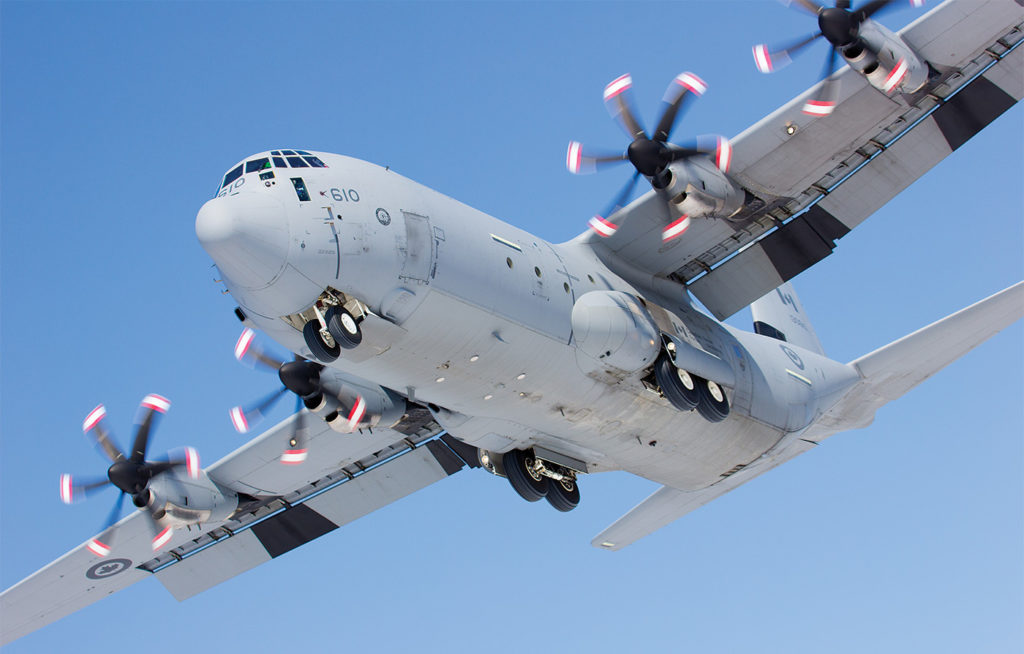
Gabe Batstone understands the value of that deal well. A former CEO of NGrain, an early supplier to Lockheed Martin’s F-35 Joint Strike Fighter program, he said establishing a relationship with the defence and security giant was one of his first priorities after co-founding Ottawa-based Contextere.
“It is a significant benefit to a small company,” he said of Lockheed’s $1.1 million investment in his AI software. “The money is certainly part of it. But as much as anything, it’s being able to say that Lockheed Martin has invested and will be a user of your technology. That’s significant when you go to talk to other large manufacturers, whether in aerospace or other sectors.
“And the association with a company that is transformational, that’s also big,” he added. “It gives you credibility that would be very hard to attain in other ways.”
As part of an ITB investment for the CC-130J, Contextere is developing an AI-powered solution to deliver real-time notification to Lockheed maintenance workers on their phones.
The technology is premised on the fact that, “close to 25 per cent of the time when people go to put warm hands on cold steel, they are unable to finish the procedure,” said Batstone. “Sometimes there’s an error, sometimes they don’t have the right tool. Other times the problem they originally identified isn’t the one they have now come to encounter. There’s some natural inefficiency as it relates to the maintenance of complex assets.”
In addition to increasing worker productivity, reducing errors and improving safety, the software offers a way to capture the knowledge and skills of an aging workforce and utilize wearable technology like Microsoft HoloLens or Samsung GearHub to share those insights with a new generation.
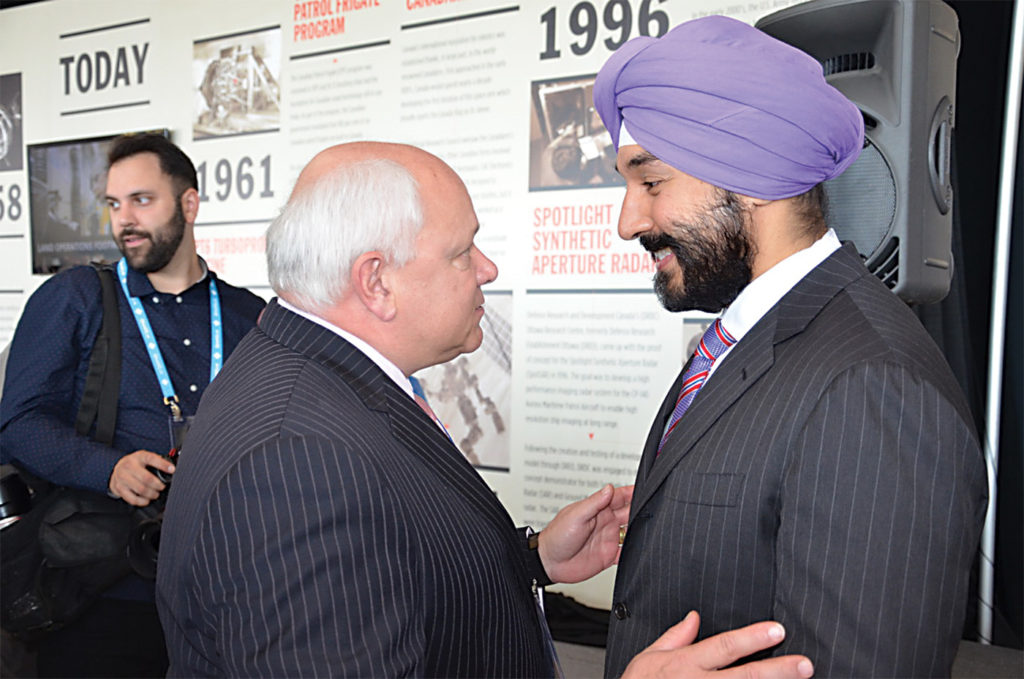
“We’ve got this huge blue collar workforce, not just in aerospace but in everything from elevator mechanics to power and utility workers, and they are retiring with all this tribal and enterprise knowledge,” said Batstone. “How do we capture that and disseminate it to Millennials, who learn and operate in a completely different way? Lockheed obviously has a huge skilled workforce and they are not immune from the realities of demographics.”
The initial investment is intended for Lockheed’s workforce, but the capability could be extended to third-party service providers like Cascade Aerospace of Abbotsford, B.C., one of only two approved C-130 Hercules service and heavy maintenance centres, or frontline military maintainers.
“It will go down in the history of Contextere as one of the early highlights and seminal moments in our growth,” said Batstone about Lockheed’s ITB investment.
SEEING STABILITY
The value of the Lockheed brand can’t be understated, said Jim Andrews, general manager of Lockheed Martin Commercial Engine Solutions (LMCES). Andrews was part of Air Canada Technical Services in Montreal, the forerunner to Aveos Fleet Performance, whose assets and tools were acquired by Lockheed Martin Canada in 2013. From a start of just seven employees when the engine maintenance, repair and overhaul (MRO) facility re-opened in September 2013, LMCES Montreal has grown to over 250 people and doubled revenue year over year. It has a mandate to reach around 500 employees.
“The previous facility had a very good name around the world for quality and service,” said Andrews, “and we’ve hired back many of the same people, but the name Lockheed Martin does bring comfort to the airlines that we deal with. Everyone thinks military, but even the commercial airlines see stability; they see financial strength.”
LMCES provides MRO services to international air forces and recently closed a deal with the U.S. Air Force for work on the KC-10 aerial refuelling tanker. But in the past 18 months, the company has signed exclusive agreements with Frontier Airlines and Air Wisconsin for work on CFM56-5 and CFM34-3 engines, respectively, adding to a customer base that includes major North American and European airlines. Andrews said LMCES deliberately rebranded itself as a commercial entity to attract a global market and assure prospective customers the facility had a commercial focus.
The brand has helped attract talent in Montreal’s large aerospace cluster, where engine manufacturers like Pratt & Whitney Canada and GE Aviation are also seeking young technicians and engineers from the region’s numerous colleges, universities and business schools.
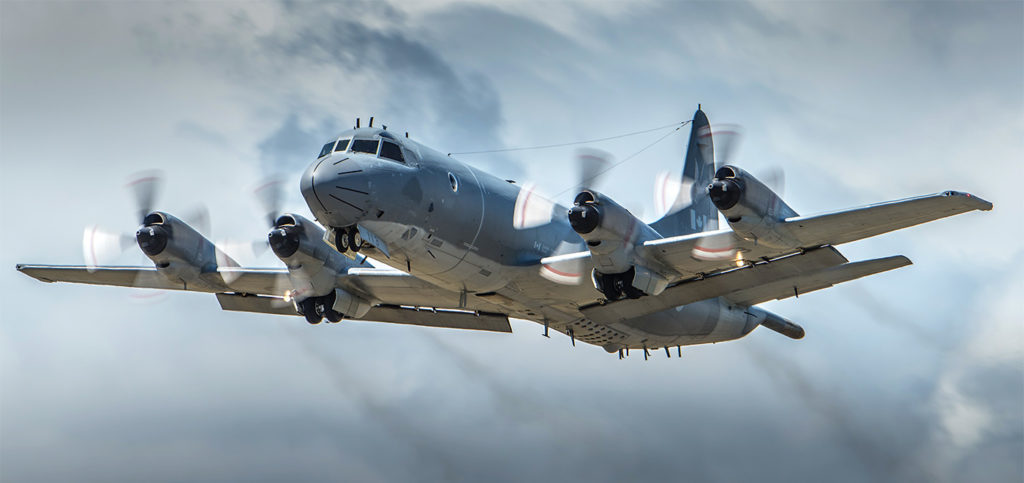
“We’re still in our infancy…[but] the world is open to us,” said Andrews. “We have the Lockheed name, the Montreal location, an extremely skilled workforce and a very good reputation for doing what is right, committing to our customers and executing on what we say.”
CDL’s John Molberg would agree about the value of the Lockheed name. In 2012, Lockheed acquired CDL Systems, a Calgary-based firm of 60 employees founded in 1992 from technology developed by Defence Research and Development Canada-Suffield. Its software for unmanned aerial systems ground control stations was already well established–it had amassed over 1.5 million flight hours on more than 30 different platforms, and had as its primary customer the U.S. Army with the MQ-1C Gray Eagle, RQ-7 Shadow, and RQ-5 Hunter, among others.
Now, as part of Lockheed’s Rotary and Mission Systems business, CDL Systems is seeing opportunities beyond the military, said Molberg, its business development manager. The company recently released Hydra Fusion Tools, a suite of tools that allows users to fuse and create a 3D world from captured terrain data. More impressive, the software can generate real-time, precise 3D models from multiple 2D images through what is known as simultaneous localization and mapping.
“Right now, as far as I’m aware, no one else has the capability to do a live 3D model,” said Molberg.
While military and police are logical customers for a tactical terrain picture that can be manipulated and measured and provide change analysis in real time, “You’d be surprised how many businesses are interested in this–pipelines, building roads, pouring concrete. It’s a new way of looking at the terrain [and] making the most of big data.”
OFFERING SOLUTIONS
The acquisition of Sikorsky Aircraft in November 2015 also provides Lockheed with another entry into the civil side of Canadian aviation. Sikorsky, of course, has had a firm footprint in Canada for years with corporate clients and offshore providers like Cougar Helicopters and HNZ.
Chief executive Bouchard said the immediate priority remains on the military side with the introduction of the CH-148 Cyclone into service with the Royal Canadian Air Force (RCAF) and Royal Canadian Navy (RCN). It may then shift to an eventual replacement for the CH-146 Griffon–Lockheed believes the Sikorsky UH-60 Black Hawk might fit the likely requirements.
But there is no question “Canada is helicopter country,” said Bouchard, and Lockheed will be looking beyond the oil and gas sector that tends to drive helicopter sales to other areas in natural resources management, support to Arctic operations, medevac, and augmenting search and rescue capability.
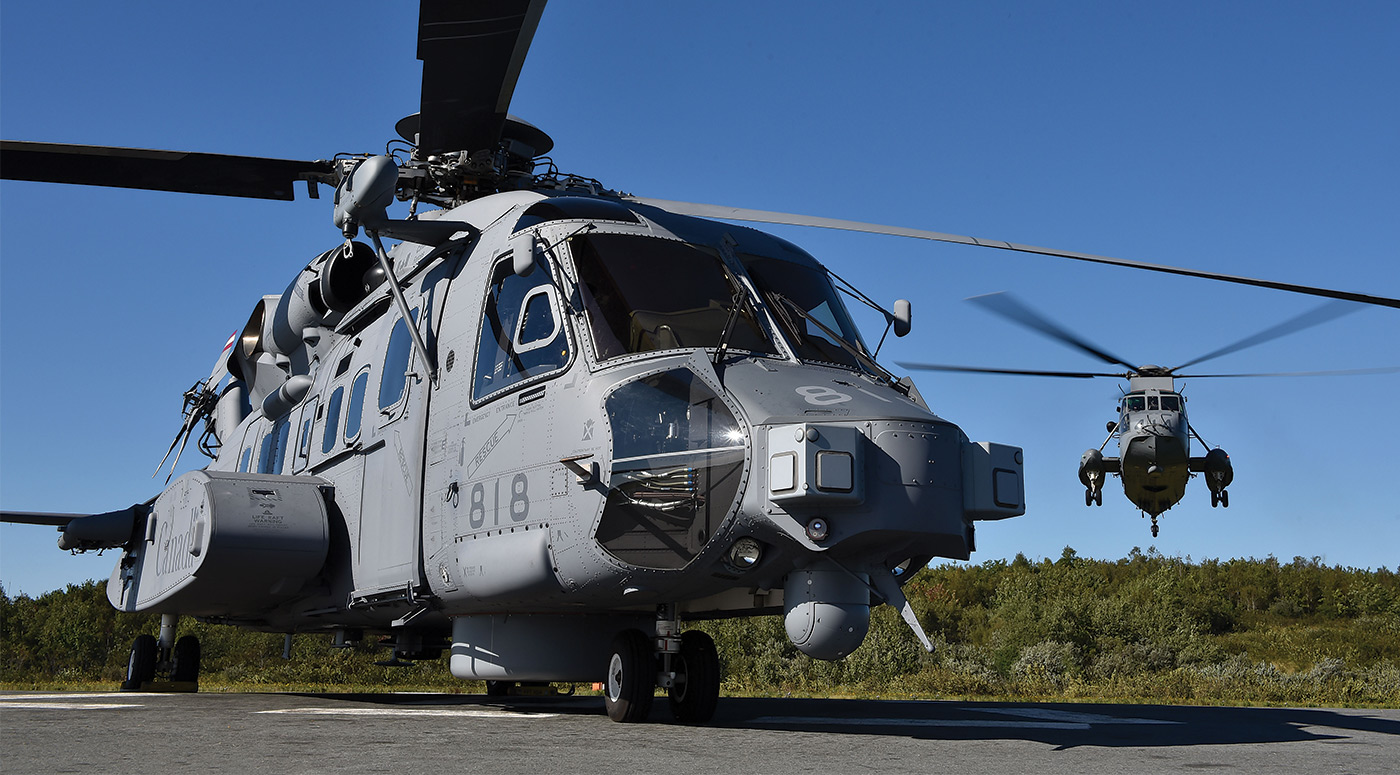
test and evaluation before it officially replaces the CH-124 Sea King (background). Mike Reyno Photo
“We are looking not only at the more conventional helicopters, but also at the use of unmanned helicopters, whether it’s pipeline monitoring, fighting forest fires or resupply,” he said, noting the partnership with Kaman Aerospace that has transformed the K-Max helicopter into an unmanned platform capable of autonomous or remote-controlled operations. “Anything that is boring, dangerous or repetitive can be done without a pilot on board.”
He added, “Take it one step bigger and we are talking about airships.” Lockheed is expecting to launch its first commercial airship next year with Quest Rare Minerals, which plans to eventually operate a fleet of seven helium-filled aircraft from its Strange Lake rare earth mining facility along the Quebec-Labrador border.
“I’m not limited by what we have today,” said Bouchard. “I can envision what we’ll have tomorrow. I don’t approach [problems] with the idea that, this is what we make, therefore this is where I want to go. It’s more, what are the challenges of the customer and how can we be the solution? That’s why we are always looking for new ideas.”
SERVICE AND SUPPORT
Among those new ideas is a change in approach to in-service support (ISS). One of the ongoing challenges for military aircraft is keeping pace with technology. In 2016, Cascade Aerospace, an operating unit of IMP Aerospace & Defence, completed a block upgrade on the RCAF’s 17 CC-130J Hercules aircraft, a fleet acquired in 2007 and introduced into service beginning in 2010.
Though the transport aircraft were barely five years old, changes across the global fleet and new Canadian requirements necessitated a sizeable upgrade package. Previously, with legacy CC-130 fleets, the RCAF would have likely managed an incremental program.
With the J-model, however, Lockheed Martin has retained all intellectual property and data. Together with its global customers and suppliers, it develops and tests each upgrade package before providing maintenance centres like Cascade with a single kit for each aircraft.

In this case, the upgrade from Block 6.0 to 7.0 involved three large modifications: a multinational block involving changes developed and available to all C-130J operators; a U.S. Air Force developed block; and a series of design requirements unique to Canada. To confirm new systems could be installed and integrated, the first RCAF aircraft was modified and tested by Lockheed Martin in Marietta, Ga., before complete kits for the remaining 16 were sent to Cascade.
“That is how most of our fleets will continue to be postured,” LGen Mike Hood, RCAF commander, said of the new ISS approach. “We will continue to upgrade them in blocks along with our allies that are flying those aircraft. It is certainly a change in our operating concept since I started flying in the late ’80s.”
For Cascade, the block approach was a significant change from how it had long maintained legacy CC-130 fleets. But it represents “an easier way of conducting several modifications together,” Pierre Carignan, Cascade’s director of C-130 programs, said at the time. “It is more efficient because you only open up things in the airplane once. …[H]istorically, Canada would perhaps ask the contractor to do a few modifications together, but not necessarily this many all at once.”
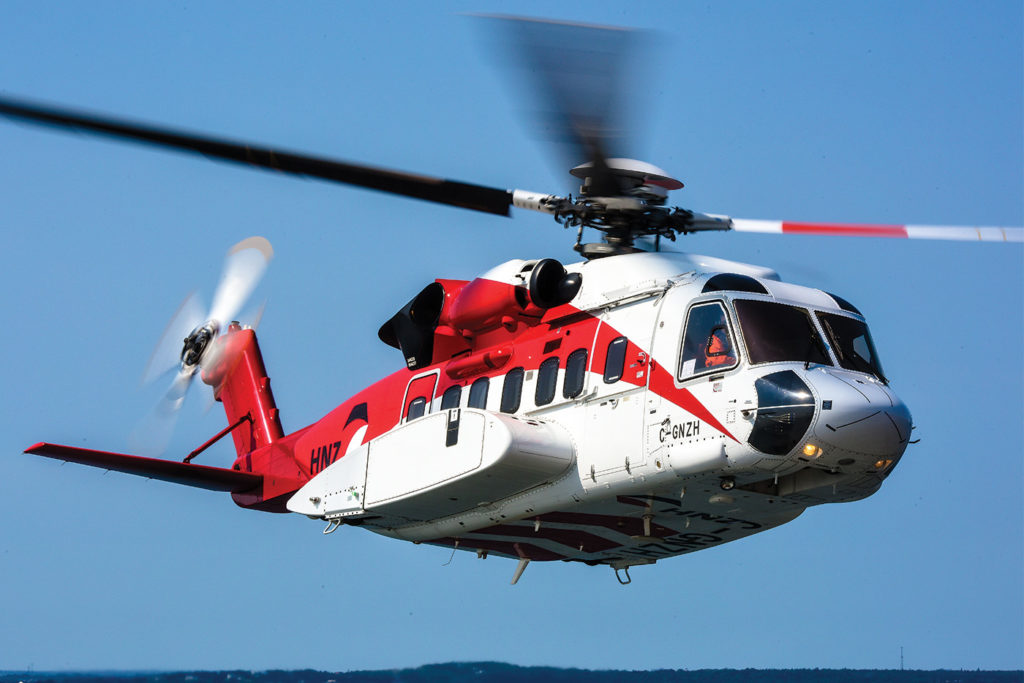
That early success has encouraged Lockheed to consider a similar approach to the long-term maintenance for the CH-148 Cyclone.
The company maintains a dedicated CC-130J team in Ottawa to respond to Canadian ISS needs, but the office remains connected to the global program.
“I think it is a good balance between keeping our own proprietary information protected while at the same time providing the customer with service and teaming up with Canadian companies to make sure we share information,” said Bouchard, acknowledging that access to intellectual property can be a sticky and even contentious issue for ISS. “I’ve never worried about Canada receiving the information it requires to protect its sovereignty.”
Whether that approach is extended to the F-35 Joint Strike Fighter (JSF) is, of course, contingent on the next-generation jet being selected to replace Canada’s CF-188 Hornets. But already the F-35 is prompting a new model for engaging with Canadian industry.
Rather than ITBs, the JSF program is constructed around “best value,” a process by which companies from participating nations compete and are selected to provide components not just for their country’s aircraft, but for the entire F-35 fleet, which could exceed 3,500 airplanes.
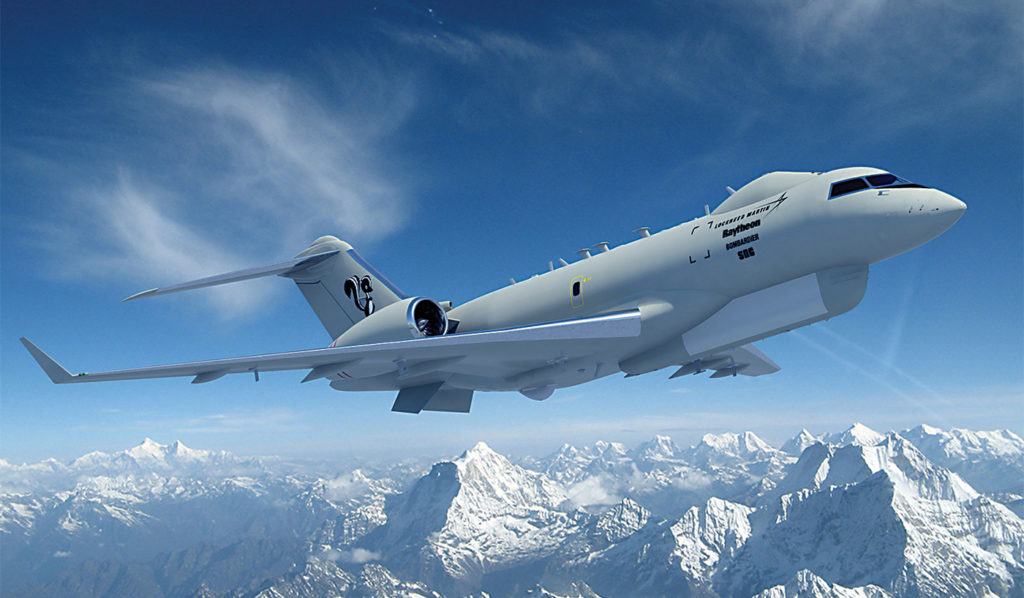
But the ITB principle of helping small- and medium-sized companies reach global markets remains the same. Because of the exacting manufacturing techniques and requirements for the F-35, Lockheed and its partners, BAE Systems and Northrop Grumman, put a premium on finding innovative companies “that could learn.”
One example often cited is Ottawa-based Gastops, a recipient of CC-130J ITB-related investments that also supports the F-35, based in part on its earlier relationship with the F-22 Raptor.
Building components for the F-35 says a lot about your capabilities elsewhere, suggested Bouchard. “If you get the Lockheed seal of approval, that tells future customers that you have advanced manufacturing capability,” he said, pointing to companies like Mississauga-based Magellan Aerospace that provides the horizontal tail assemblies. “If you can meet F-35 standards, you can meet automotive or even satellite requirements.”
With or without the F-35, the Lockheed Martin footprint in Canada is large and growing. Whether in military, or, increasingly, in commercial aerospace, the company has found innovative ways to do business differently. And it is drawing on a lot of Canadian ingenuity to achieve it.
